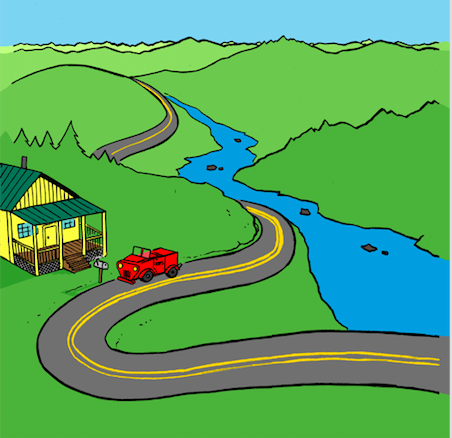We shouldn’t vote by mail in
September 11, 2020
For generations, the right for reliable access to voting has been a critical part of political agendas across the United States.
This umbrella includes mail-in voting, a voting method critical to millions of Americans, including much of UVM’s student body.
However, multiple issues have arisen regarding the reliability of mail-in voting. Some are concerned if the risk of having one’s vote going uncounted is worse than risking illness at the polls.
One of these issues is signature rejection. Mail-in ballots are counted based on signature matches. These are usually based on signatures made in government forms.
Over time, handwriting can change to the point where some can’t replicate that exact signature, which may cause their ballot to be voided. Some primaries, such as this year’s Nevada state Democratic primary, have had thousands of ballots rejected due to this fact alone.
Another issue is the US Postal Service’s higher usage and underfunding. This causes mail delivery times to slow significantly, making it possible that many ballots may arrive after Election Day.
Some states that usually have lots of mail-in votes compensate for the potential for delays. But many states, including Vermont, do not have provisions for this.
These issues came to a head in this year’s Democratic primary in New York’s 12th congressional district, my home district.
According to the New York Times, thousands of absentee votes weren’t counted due to both mail-in ballots arriving too late and signature issues. If more ballots are rejected this year due to an increase in mail-in voting, there could be serious repercussions in other competitive races across America.
In-person voting is a big wildcard across the states due to the risk of contracting COVID-19. Exposure from large numbers of voters is a serious concern.
However, voting in-person is more reliable than mail-in ballots due to the fact that there is no danger of signature rejection or late ballot arrival times.
Taking this into account, one should analyze the risk factor of voting in-person locally and decide if it’s safe. Vermont itself has few COVID-19 cases, and in addition to sanitizing voting centers, the state is planning new, safer ways to vote in-person, such as outdoor or drive-thru polling places.
It should be noted that most UVM students are from out-of-state, many of whom are registered voters only in their hometown. Students should examine the risk factor on top of competitiveness of local races to determine where to vote.
Putting competitiveness aside, if your local polling place follows some of the examples set by the state, it likely is a better idea to cast a ballot in-person to guarantee that it’s counted.
If you feel it’s best to vote by mail and you are voting locally, request a ballot as soon as possible and drop it off at your local elections office so that it will not arrive late, or mail it as soon as possible for the best chance of being counted.
The ability to vote safely and guarantee one’s ballot is counted has been taken for granted for years. But now, we must do whatever we can to make sure we have our say in the political process.







